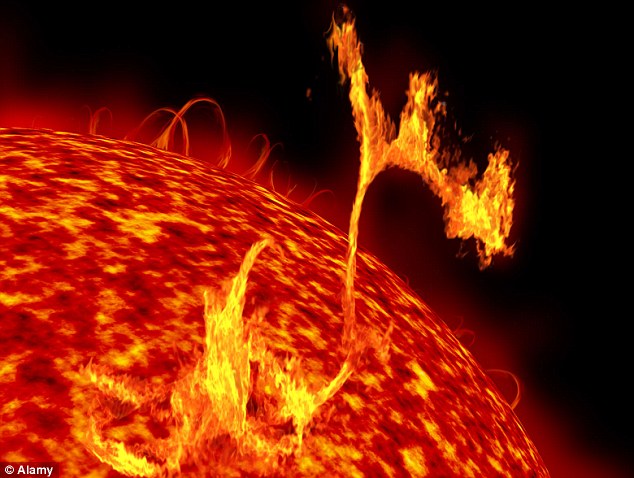A research study by scientists in Trinity College Dublin, in cooperation with the University of Hawaii and University College London, has revealed that radio waves generated by the sun are a common cause of phone calls being cut off unexpectedly.
The research team, which is led by Professor Peter Gallagher of TCD’s School of Physics, show in the study how massive gas explosions on the sun’s surface, known as solar storms, release extremely powerful shockwaves which create radio waves through their energy that interfere with communication systems on Earth, including phone networks. This is the first time a sophisticated link has ever been shown between these solar storms and the emission of solar radio waves.
In a press release from the Institute for Astronomy at the University of Hawaii, Professor Gallagher said:
“What we have found is fascinating – a real insight into how solar radio bursts are created… we have identified a missing link between solar storms and radio bursts.”
A number of radio antennas in Ireland, including TCD’s Rosse Solar-Terrestrial Observatory in Birr Castle, Co. Offaly, were used to monitor the locations and times of impact of these bursts of radio waves, and were combined with 3D images of solar storms captured by NASA’s STEREO and Solar Dynamics Observatory spacecraft orbiting the sun. This information gives researchers a unique new view of the high-speed radio waves that travel all the way from the sun and affect one of the most essential means of everyday communication in use today.
The research findings were published in the scientific journal Nature Physics, and will be used in further studies on how to better predict the occurrence of solar storms and how to minimise their disruptive effect on telecommunications.







